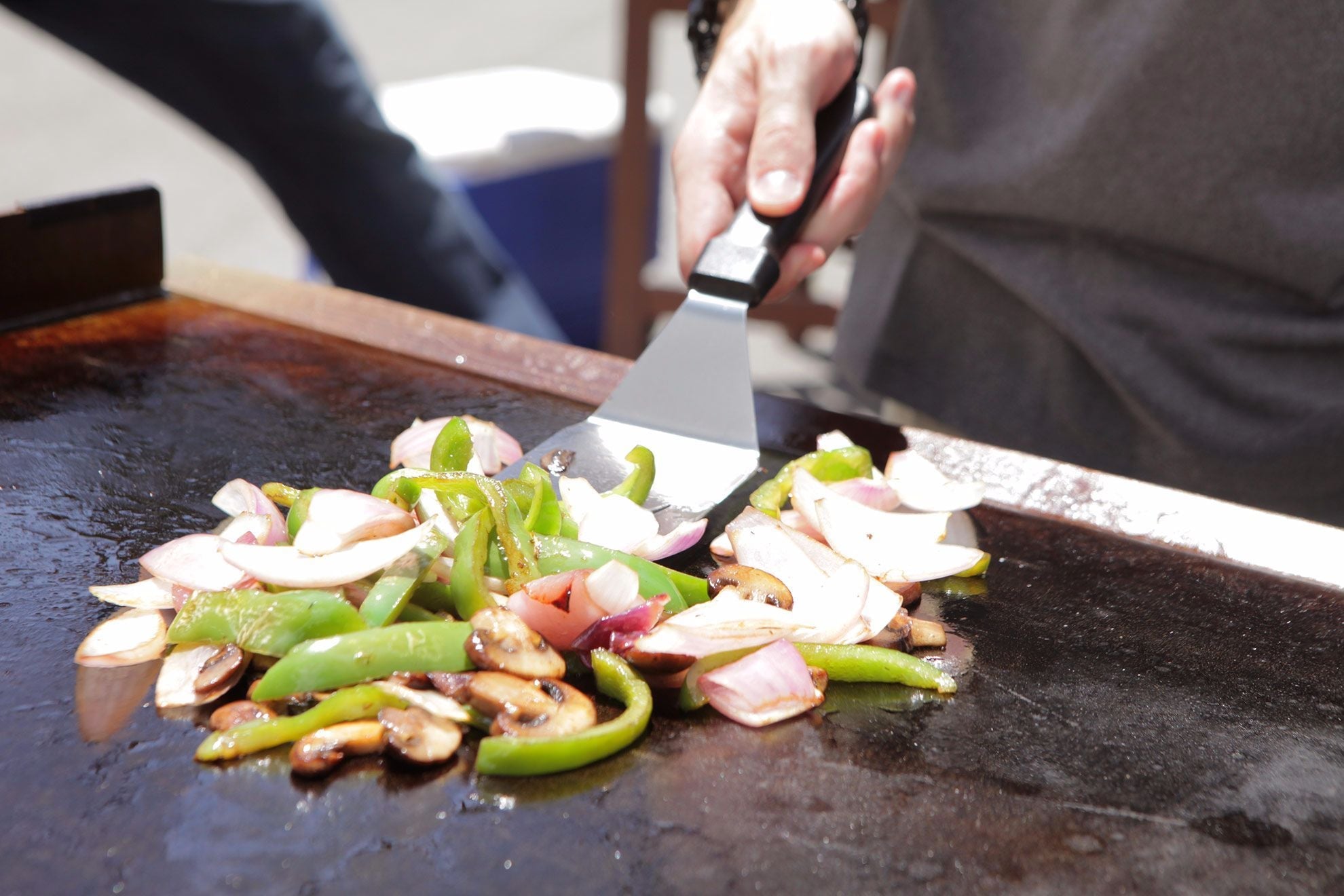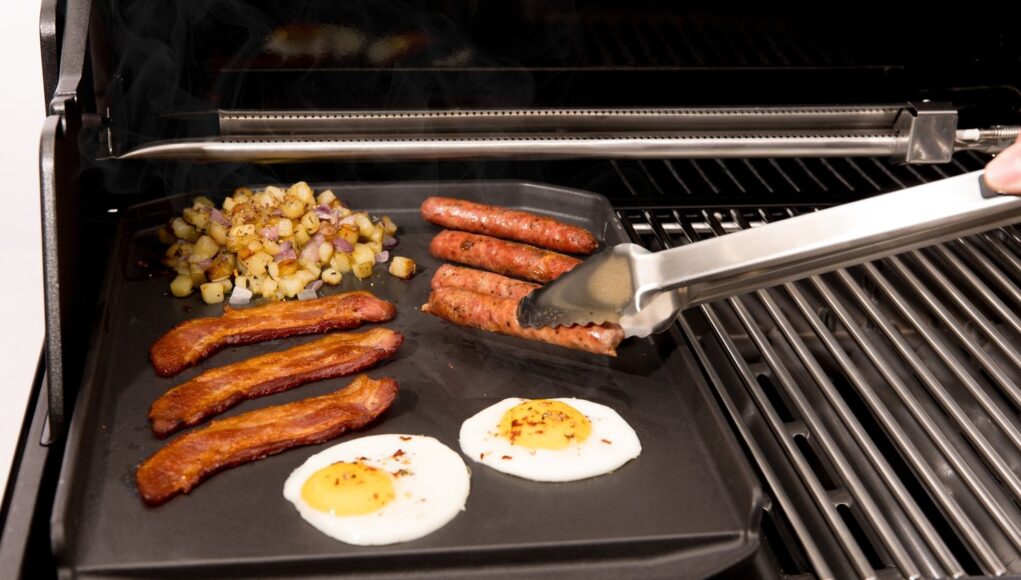Griddles are fantastic kitchen tools that allow for the preparation of a diverse array of dishes, but dealing with sticky residue can be a pesky problem for many people. This article delves into how to remove sticky residue from griddle effectively, helping you maintain a clean and functional griddle for all your culinary adventures. Whether you are a novice or a seasoned chef, these tips will ensure your griddle remains in top condition.

Why Sticky Residue Forms
Understanding why sticky residue forms is crucial for effective cleaning. Sticky residue on a griddle often results from cooking oils, fats, and food particles that get left behind, forming a stubborn layer. Over time, this residue can harden, making it increasingly challenging to remove.

Initial Preparation
Cool Down the Griddle
Before you start cleaning, ensure that the griddle is completely cool. Attempting to clean a hot griddle can cause burns and other injuries.
Gather Your Supplies
Having the right tools on hand is essential. Youll need:
- Warm water
- Mild dish soap
- Scrubbing pad or brush
- Non-abrasive sponge
- Paper towels

Step-by-Step Cleaning Guide
Remove Loose Debris
Start by removing any loose food particles and debris from the griddle surface. Use a spatula or a soft brush to gently scrape away loose bits.
Apply Warm Soapy Water
Mix warm water with a few drops of mild dish soap. Soak a sponge or cloth in this solution and wring it out before wiping the griddle surface.
Tackling Stubborn Residues
Baking Soda and Vinegar Method
This method is excellent for tough, sticky residues. Sprinkle a generous amount of baking soda over the griddle surface, followed by a few sprays of vinegar. Allow it to sit for a few minutes before scrubbing with a non-abrasive pad.
Commercial Cleaners
If natural methods dont work, you can opt for commercial griddle cleaners. Follow the manufacturer’s instructions for the best results.
Post-Cleaning Maintenance
Rinse Thoroughly
Once the sticky residue is removed, rinse the griddle surface with clean water to remove any soap or cleaner residue.
Dry Properly
Using a clean cloth or paper towels, thoroughly dry the griddle to prevent rust or corrosion.
Expert Tips
Season Your Griddle Regularly
Seasoning your griddle helps to create a non-stick surface, making it easier to clean. Learn more about How to season a cast iron griddle
Avoid Using Harsh Chemicals
Harsh chemicals can damage the griddle surface. Stick to mild, non-abrasive cleaners whenever possible.
Common Mistakes to Avoid
Using Metal Tools
Metal scrapers and brushes can scratch and damage the griddle surface. Always use non-metallic tools.
Ignoring Regular Cleaning
Regular cleaning prevents the buildup of sticky residue, making the cleaning process easier.
Frequently Asked Questions
How often should I clean my griddle?
It’s best to clean your griddle after each use to prevent residue buildup.
Can I use steel wool on my griddle?
No, steel wool is too abrasive and can damage the griddle surface.
What if the residue won’t come off?
Consider using a commercial cleaner or consult your griddle’s manufacturer for additional tips.
For more detailed insights on griddle cleaning, you can explore resources like Martha Stewart.
As an Amazon Associate, I earn from qualifying purchases.









